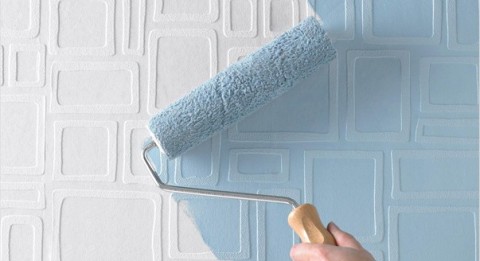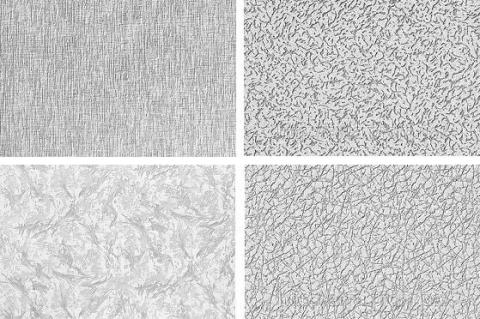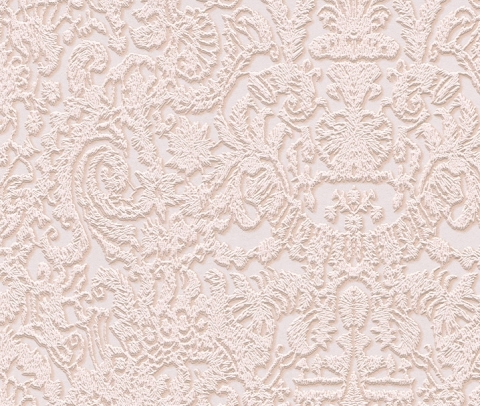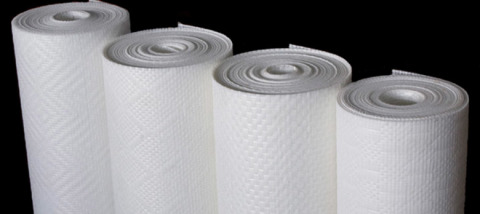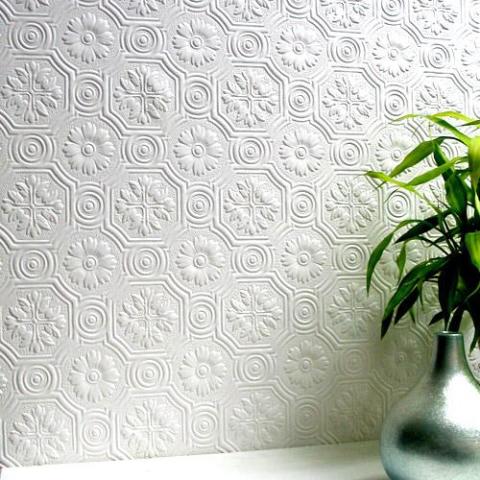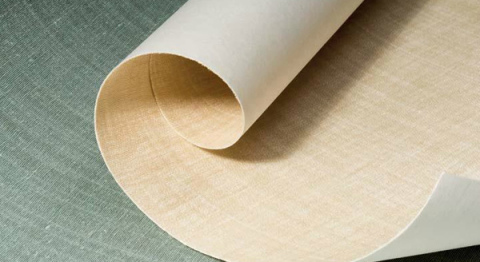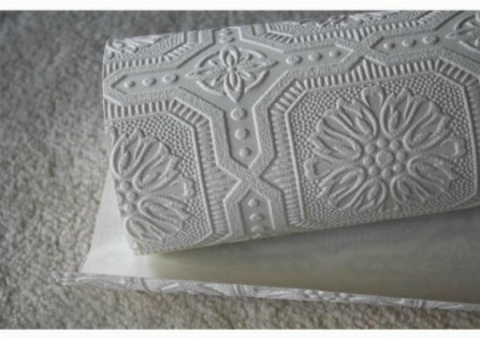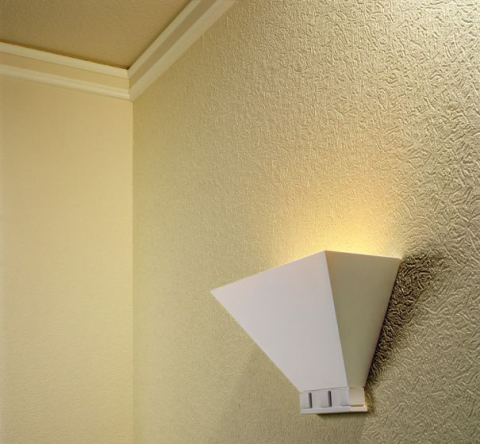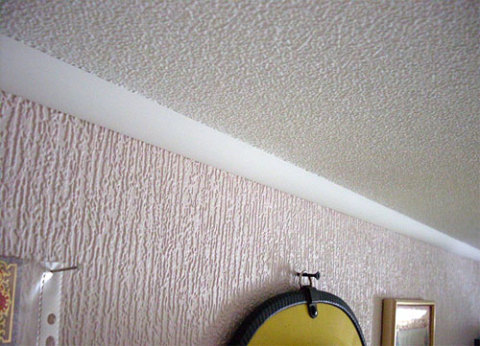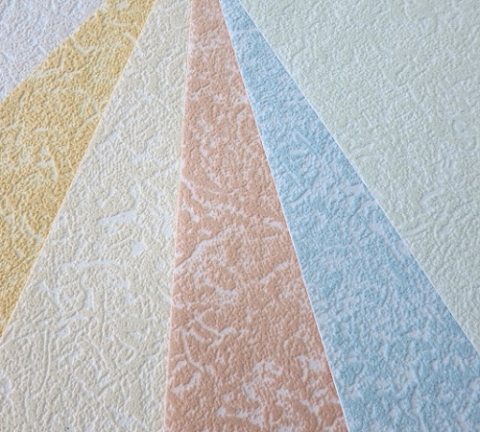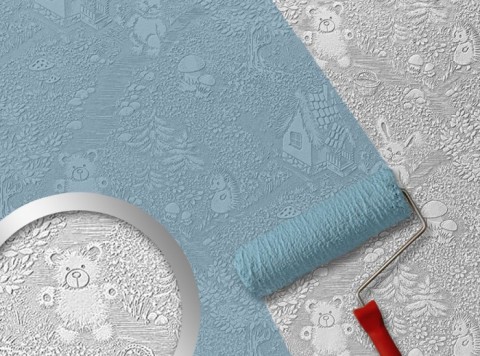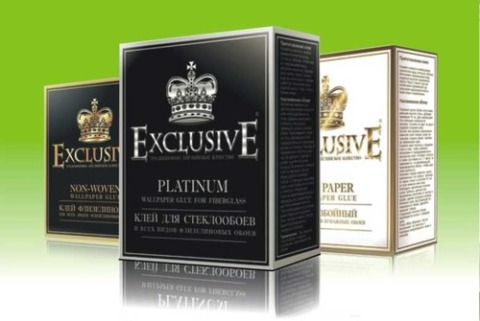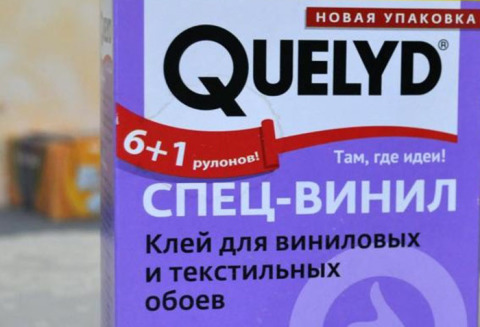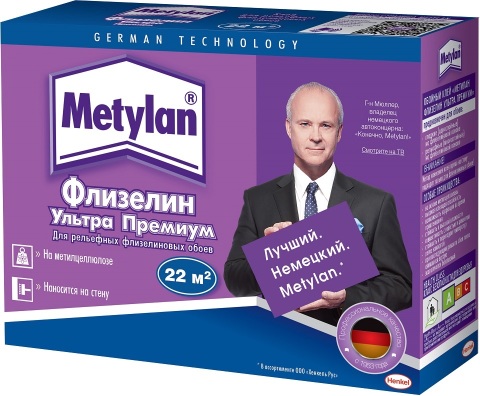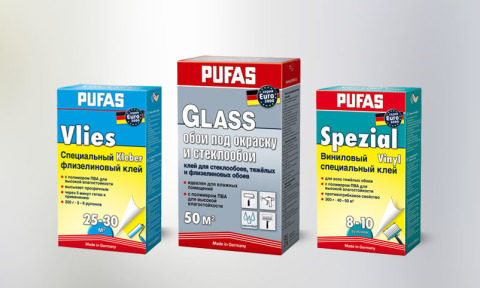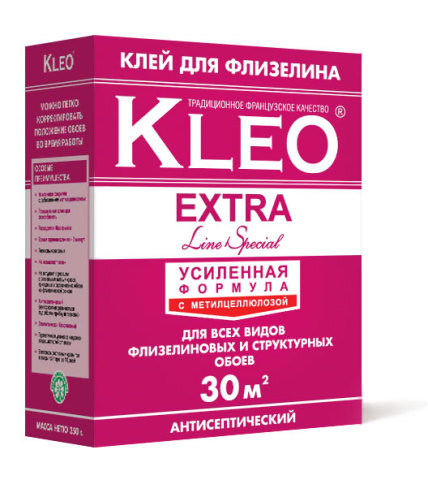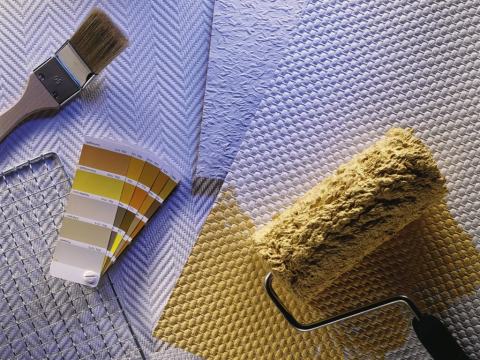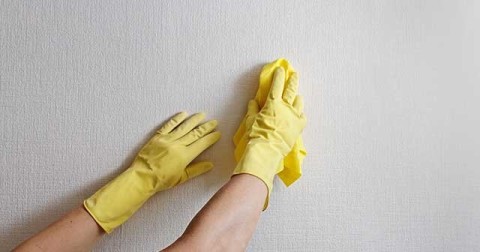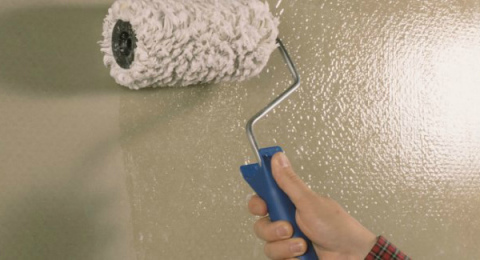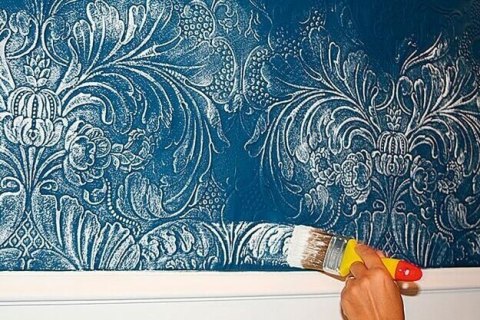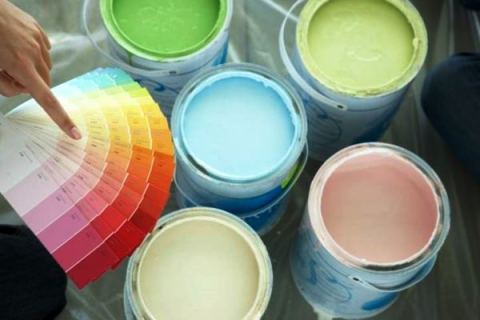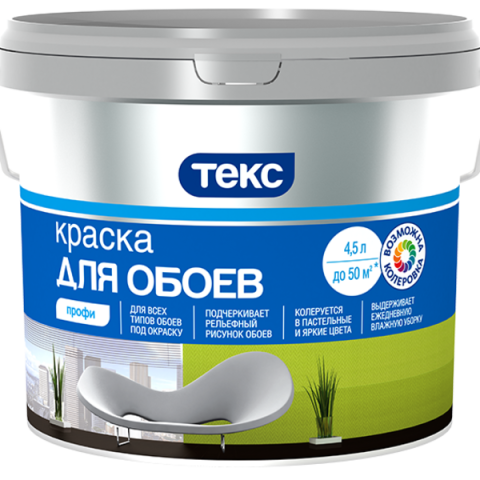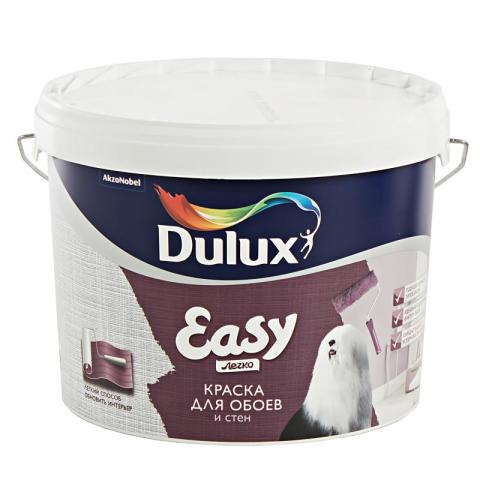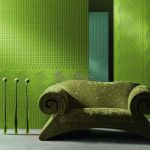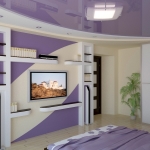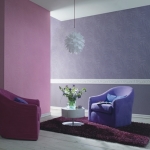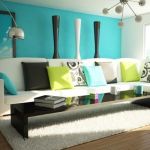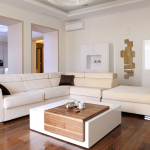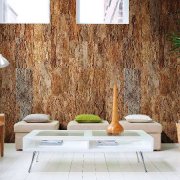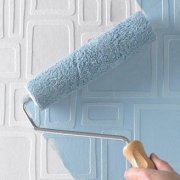Non-woven wallpaper for painting - 5 main selection criteria
The choice of wallpaper for repair is one of the most important factors, they mainly determine the style, character and atmosphere of the home. There are a lot of types of wallpaper material, but today we’ll talk about non-woven wallpaper for painting, since recently they have become very popular.
In the article we will talk about the types of these wallpapers, their positive and negative sides, methods of application, as well as the choice of glue and paint for repair.
The content of the article
Types and characteristics of wallpaper for painting
Flizelin is a semi-synthetic non-woven material based on cellulose fiber, sometimes with the addition of polyester.
According to its properties, it is close to paper, but has enhanced operational characteristics:
- High durability.
- Abrasion resistant.
- More dense base.
- Increased resistance to open fire.
- Good moisture resistance.
- Not subject to burnout.
- Not afraid of mechanical damage.
- Allows repeated repainting (5-7 times).
There is an opinion that non-woven wallpaper for painting is harmful, one can argue with that! The composition of the wallpaper includes cellulose - a material used for the production of paper. And everyone knows that paper is an environmentally friendly product.
In addition, compositions that do not contain harmful substances (formaldehydes) are used to solder layers and apply patterns to canvases. The risk for people prone to allergies can be represented only by dust accumulating on the relief of the wallpaper. But if the canvases are smooth, then even this danger disappears.
Wallpaper for painting is divided into two types:
- Paper-based non-woven.
They consist of two or three layers welded together with a polymer composition, the top is made directly of non-woven fabric, the rest are a dense basis of glued paper.
- Non-woven wallpaper for painting.
In this case, the front side is covered with vinyl, acrylic or textile, and the inside consists of a layer of non-woven.
In appearance, the canvases for painting are divided into two categories:
- Smooth. The front side has a uniform smooth surface.
- Structural. An external chaotic or ordered pattern is applied to the outer canvas.
Non-woven wallpaper does not deform after drying, which eliminates the discrepancy of the joining seams. Since the canvases are rather thick, they are glued back to back, the glue is applied mainly to the wall. This method facilitates the work, and the wallpaper does not tear when ironed.
To increase the strength, a protective moisture-repellent film is applied to the canvases, so the material does not soak upon contact with paint or glue.
How to choose a non-woven wallpaper
As we found out, the best option for an interior with monophonic painted walls may be non-woven wallpaper.
Let's look at what parameters you need to choose the canvas in order to acquire high-quality and reliable material:
- Type of wallpaper.
Non-woven wallpaper is quite transparent, a wall with an uneven color surface can shine through them. You can repaint such wallpaper 5-7 times.
Non-woven wallpaper is thicker, they do not care what the previous color of the wall was. Canvases can be repainted up to 15 times, but as a result, this will affect the surface topography.
- Web thickness.
Non-woven wallpaper acquire mainly for the ceiling or even walls, as they are easier, and therefore easier to glue.
The second type is taken for problem surfaces. If the wall is not perfectly smooth and has some defects, then such a wallpaper will do just fine. They are denser and will perfectly hide pits, cracks or small potholes on the surface.
- The texture of the surface of the paintings.
The choice of this factor depends on where the wallpaper will be glued. For ceilings usually get smooth wallpaper for painting non-woven, and embossed take for pasting the walls.
- The color of the wallpaper.
Manufacturers offer two types of material: tinted and white non-woven wallpaper for painting. If there is no need to immediately paint the walls, then you can choose the canvas of the desired color, and subsequently repaint them in any other tone.
- The price of the material.
This factor plays an important role in the choice of wallpaper, since the cost of the paintings is not small. But if you think about the fact that with a quality sticker and painting the apartment will not need to be repaired for several years, then you should not save on the price.
Although now, with a huge assortment and great competition, you can find non-woven wallpapers at various prices, and in many stores there is a system of flexible discounts. Well, of course, you need to pay attention to the company - the manufacturer, if funds permit, it is better to purchase finishing material from trusted companies.
We have given 5 main factors by which you should choose a wallpaper of this type, and now we will talk about which glue is best for non-woven wallpaper.
Glue selection
We bring to your attention the TOP 5 best types of glue for non-woven wallpaper:
- EXCLUSIVE NON WOVEN
The glue contains methyl cellulose, modified starch, additives with antifungal properties, has fast setting and good sliding abilities, and after drying it acquires transparency.
- Quelyd Special Flizelin.
It contains bactericidal and antifungal supplements, works well with heavy wallpapers, quickly sets, leaves no traces on the canvas after drying.
- Methylane Flizelin Ultra Premium.
The glue has reinforced adhesive components that contribute to better adhesion; it is used on all types of wall surfaces.
- Pufas EURO 3000 Non-woven special.
Of the five types of Pufas brand, this glue is the most suitable for non-woven wallpaper. Available as a transparent composition, and with a blue indicator. It has excellent sliding ability and quick setting, after drying it becomes transparent.
- KLEO Extra Non-woven Line Premium.
The composition includes the same modified starch and antifungal additives, good adhesion and excellent adhesion. Especially good for gluing heavy wallpapers.
It must be said that all the presented adhesive compositions practically do not leave traces on the wallpaper, which means that even if glue accidentally gets on the front surface of the paintings, they will not spoil the appearance of expensive wallpapers. In addition, the compositions have an affordable price, high quality, economical consumption and clear instructions for breeding.
Many manufacturers for the wallpaper of their brand immediately produce a similar glue for them, but if one was not available, then the TOP-5 presented will help you make a choice.
Paint for non-woven wallpaper
Since we have non-woven wallpaper - paintable wallpaper, you need to know which paint is best for them.
For painting the paintings, three types of paint are used:
- Water-based paint.
- Acrylic water dispersion.
- Latex paint.
All species have excellent breathability (“breathe”), easy to apply, economical, and UV resistant. But if the water emulsion is less resistant to abrasion and is easily washed off with water, then acrylic and latex have excellent strength and water-repellent properties, they can even be washed with neutral agents.
Therefore, the first type is used mainly for painting ceilings and walls in dry rooms, and the second and third are used in any rooms, even bathrooms. The advantages of these types are the absence of an unpleasant odor when staining, quick drying and high environmental safety, they can be used in kitchens and children's rooms, as well as in rooms with high traffic.
Paint for non-woven wallpaper for painting can be:
- Matte, it perfectly conceals defects on walls and ceilings.
- Semi-gloss, which is mainly used in dark rooms (corridors, hallways).
- Glossy, it is recommended to use it on perfectly even walls, since the play of light and bright highlights highlight all the hollows and bumps on their surface.
For bulk paintings, designers combine paint: they apply a matte finish on the entire surface, and then the relief is painted with glossy, thus highlighting the picture even more clearly. Or they paint the structural wallpaper with a special roller that only paints the convex part of the picture.
Experts advise you to buy white wallpaper for coloring, but if you initially chose color, then in order to choose the right shade, it is better to contact the masters.
Important! When this is not possible, and you mixed the colors with your own hands, then you should not paint the entire wall at once, if you don’t like it after drying? You need to try the resulting color in a small inconspicuous area, to finally determine the chosen tone.
The construction market offers the following widely used and proven brands:
- Tikkurila.
Country of origin - Finland, acrylate paint for wallpaper dries quickly, fits perfectly on any surface. It has many fashionable, elite shades. It is applied in any rooms.
- Tex.
Country of origin - Russia. The base is superwhite, a wide range of shades has been developed for tinting, it is used for coloring wallpapers of any kind. Withstands daily wet cleaning.
Country of origin - Russia. The main color is white, a wide range of colorants. It is used in rooms with moderate humidity, dries quickly, is easy to apply, and has high environmental friendliness.
Country of origin - Denmark. It forms a thin coating, emphasizing the pattern of the canvas, is evenly distributed, resistant to abrasion and wet cleaning.
These brands are distinguished by good concealment, economy, evenness of application, depth and saturation of shades. In addition, they are time-tested, do not fade and retain their original color over a long period of operation.
Gallery
We offer a selection of several interesting design solutions using wallpaper for painting.
- Vinyl-based wallpapers with various textures
- Non-woven wallpaper in the hall
- Pink bedroom
- Lilac living room
- Contrast single wall selection
- White living room
We hope that we clearly talked about the types of wallpaper for painting, adhesives and paints used, presented photos and videos in this article. And if you decide to use non-woven wallpaper for painting in your home, then the interior of your home will always be new, bright and memorable.
